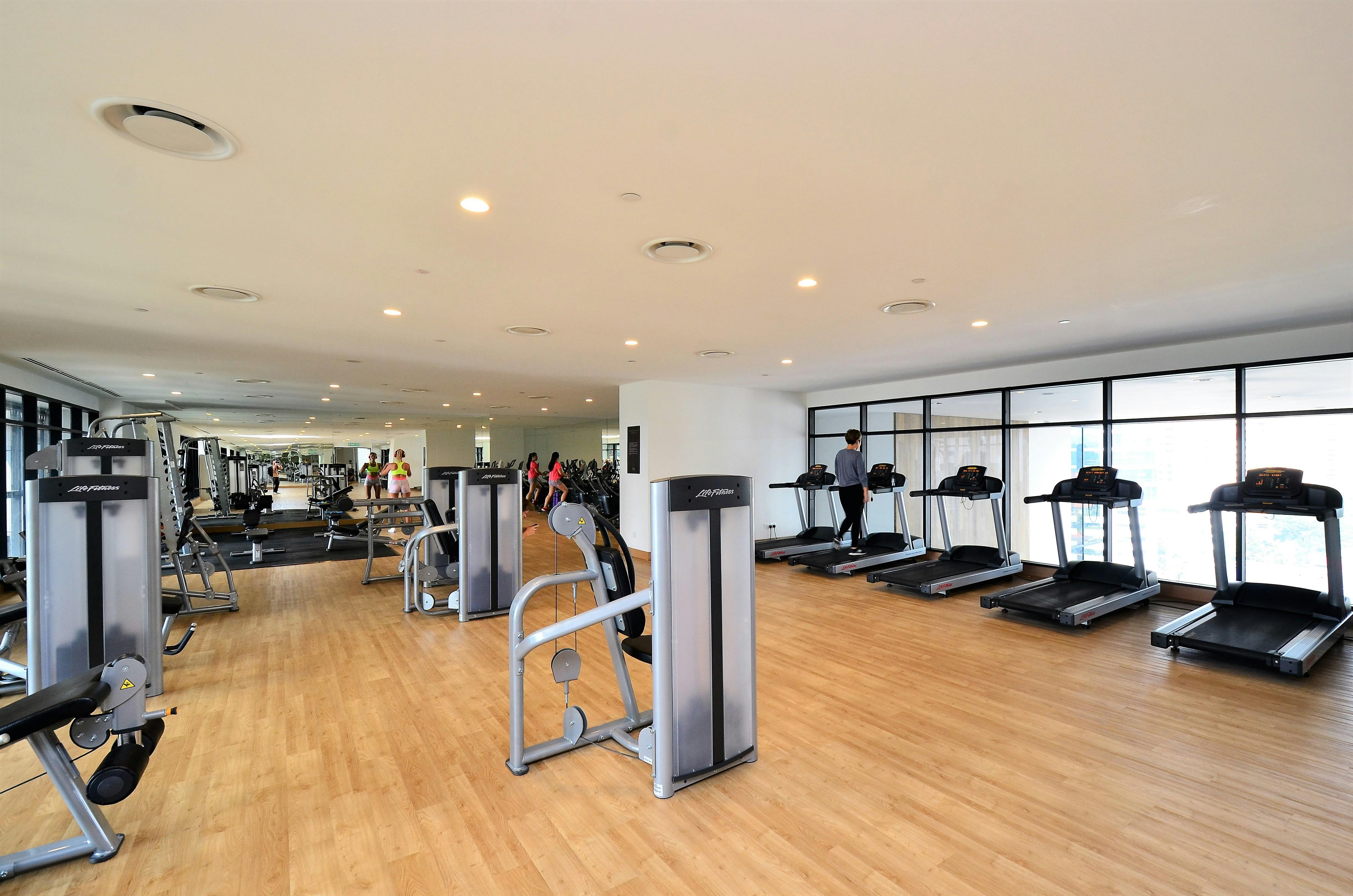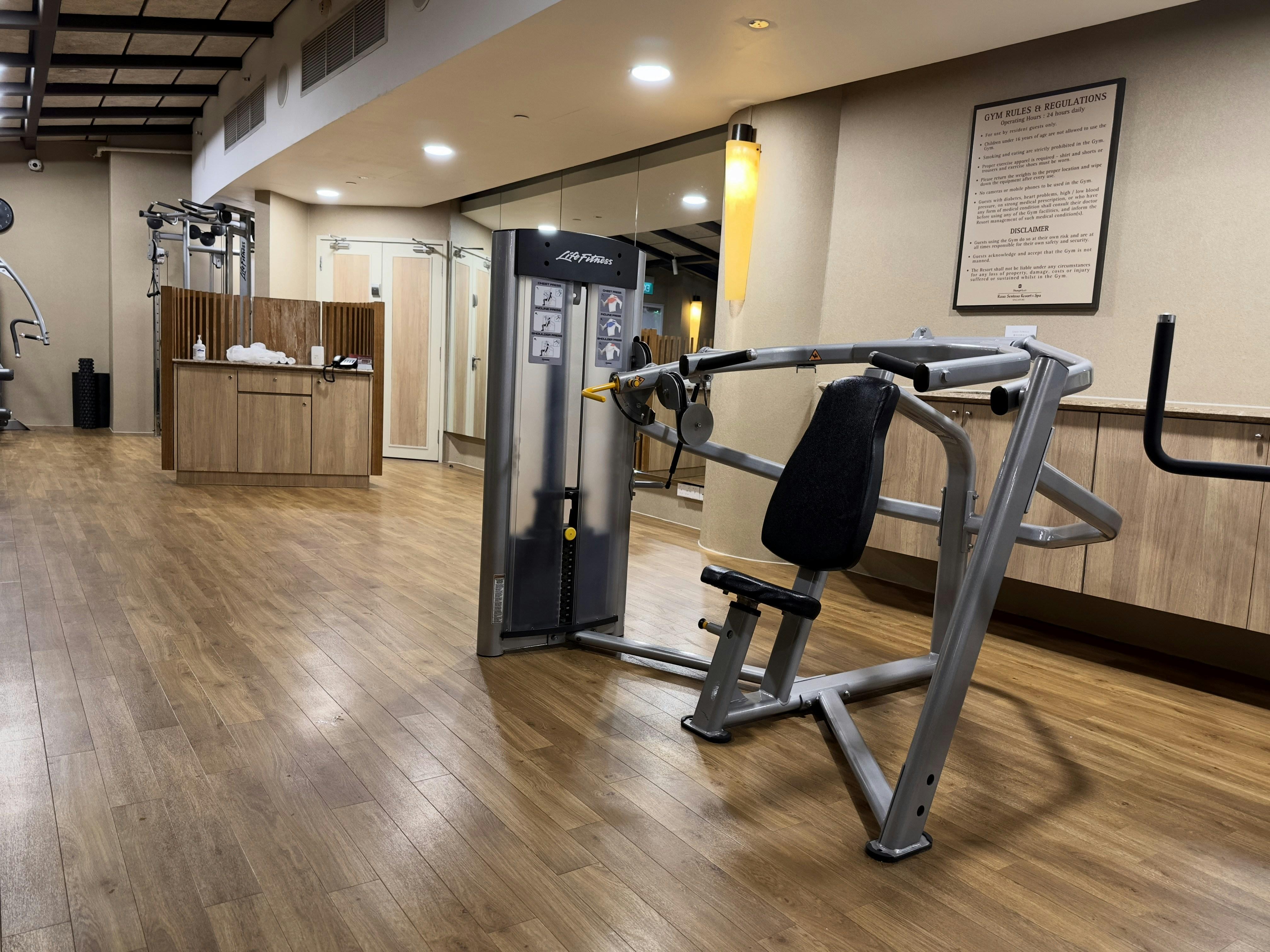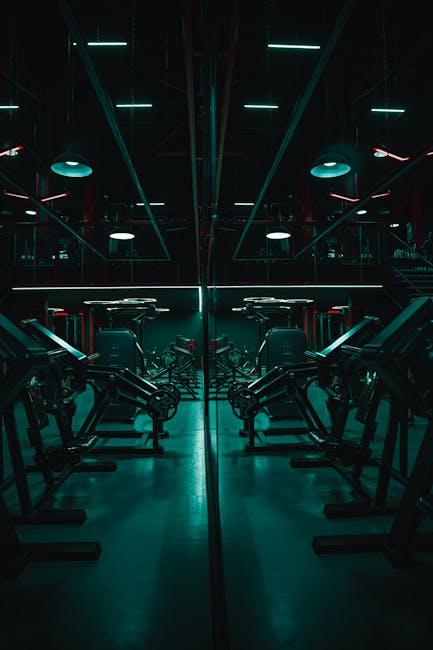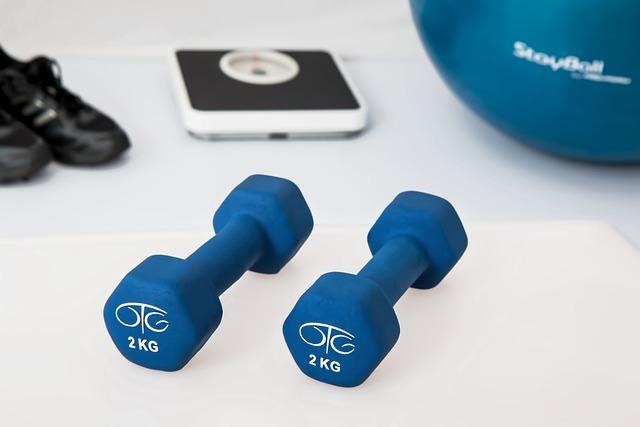In the bustling world of fitness, where the clang of iron meets the hum of machinery, a debate as old as the modern gym itself continues to spark discussions among novices and seasoned athletes alike: should one embrace the gleaming gym machines or remain loyal to the timeless allure of free weights? Both sides present compelling arguments, each promising a path to strength, balance, and overall health. As the fitness landscape evolves, fueled by new research and evolving trends, the choice between machines and free weights becomes more than just a matter of preference—it’s a decision that could shape your workout philosophy and define your journey towards physical wellness. In this article, we delve into the merits and drawbacks of each approach, aiming to equip you with the insights needed to make an informed choice tailored to your personal fitness goals.
The Mechanics of Muscle Building: Machines vs. Free Weights
In the realm of muscle building, the debate between gym machines and free weights is akin to choosing between a structured symphony and a freeform jazz session. Gym machines offer a tailored experience, guiding you through movements with precision and ensuring your form stays impeccable. They are particularly beneficial for beginners or those recovering from injury, providing a controlled environment to target specific muscle groups without the fear of mishaps.
- Isolation: Machines excel in isolating specific muscles, making them ideal for sculpting and honing particular areas.
- Stability: With built-in support, they minimize the risk of injury, perfect for those still mastering their form.
On the other hand, free weights offer a dynamic approach, engaging multiple muscle groups and enhancing core stability as you maneuver through each exercise. This form of training not only builds strength but also promotes functional fitness, mimicking real-world movements. Free weights demand more from your body, engaging stabilizer muscles and fostering a deeper mind-muscle connection.
- Versatility: From deadlifts to kettlebell swings, the range of exercises is vast, ensuring a comprehensive workout.
- Adaptability: They require your body to adapt and stabilize, enhancing balance and coordination.

Finding Your Balance: Tailoring Your Workout to Personal Goals
When sculpting a workout routine that aligns with your personal goals, it’s crucial to weigh the pros and cons of gym machines versus free weights. Free weights, such as dumbbells and barbells, offer a versatile approach to strength training. They encourage natural movement patterns and engage stabilizing muscles, enhancing core strength and improving balance. This can be particularly beneficial if your goals include functional fitness or athletic performance.
On the other hand, gym machines provide a structured path, especially useful for beginners or those focusing on specific muscle groups. Machines can minimize the risk of injury by guiding your movements, which is advantageous if you’re looking to isolate muscles for hypertrophy or rehabilitation. When deciding between the two, consider the following factors to tailor your workout:
- Experience Level: Beginners might find machines less intimidating, while experienced lifters often prefer the challenge of free weights.
- Injury History: Machines can offer safer options for those recovering from injuries.
- Goal Specificity: Free weights are ideal for building overall strength and balance, whereas machines are excellent for targeting specific areas.
Safety First: Understanding the Risks and Benefits of Gym Equipment
When it comes to gym equipment, understanding the balance between risks and benefits is crucial for any fitness enthusiast. Gym machines are designed to guide your movements, offering a structured path that can be especially beneficial for beginners or those recovering from injuries. Benefits of using machines include:
- Stability: Machines provide support, which can help in maintaining proper form and reducing the risk of injury.
- Isolation: They allow you to target specific muscle groups more effectively, perfect for honing in on particular areas.
- Ease of Use: Many machines come with instructions, making them user-friendly and accessible for all fitness levels.
However, there are potential risks associated with relying solely on machines:
- Limited Range of Motion: Machines often restrict your natural movement patterns, which can lead to muscle imbalances.
- Lack of Functional Training: They may not mimic real-world movements, potentially limiting overall functional strength.
- Overreliance: Depending too much on machines can prevent the development of stabilizing muscles essential for balance and coordination.

Maximizing Gains: Expert Tips for Integrating Machines and Free Weights
Achieving a balanced workout routine often means embracing both machines and free weights. Each offers unique benefits that can be leveraged to optimize your fitness goals. Machines are excellent for beginners, providing guided movements that reduce the risk of injury and help in learning proper form. They are also ideal for isolating specific muscles, which can be particularly beneficial during rehabilitation or when targeting a particular muscle group. However, machines can sometimes limit the range of motion and may not engage stabilizing muscles as effectively as free weights.
Incorporating free weights, on the other hand, can enhance functional strength by engaging multiple muscle groups and promoting better balance and coordination. Free weights also allow for a more natural range of motion and greater flexibility in your workout routines. Here are some expert tips to effectively integrate both into your regimen:
- Start with machines to warm up or learn new exercises, ensuring that your form is correct before progressing to free weights.
- Alternate between the two to prevent plateauing and keep your workouts dynamic.
- Focus on compound movements with free weights, such as squats and deadlifts, to maximize muscle engagement.
- Use machines for burnout sets after your free weight exercises to safely push your muscles to fatigue.
Insights and Conclusions
In the grand theater of fitness, the debate between gym machines and free weights unfolds like a captivating drama, each with its own cast of benefits and potential pitfalls. As the curtain falls on our exploration, it’s clear that the decision isn’t a simple one-size-fits-all. Instead, it’s a personal journey, guided by your unique goals, preferences, and physical needs.
Whether you find empowerment in the structured support of machines or the liberating challenge of free weights, the ultimate act is to listen to your body and let it lead the way. After all, the true star of your fitness story is you, and your health and well-being deserve a standing ovation. So, step into the spotlight, embrace your chosen path, and let your strength shine.

